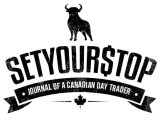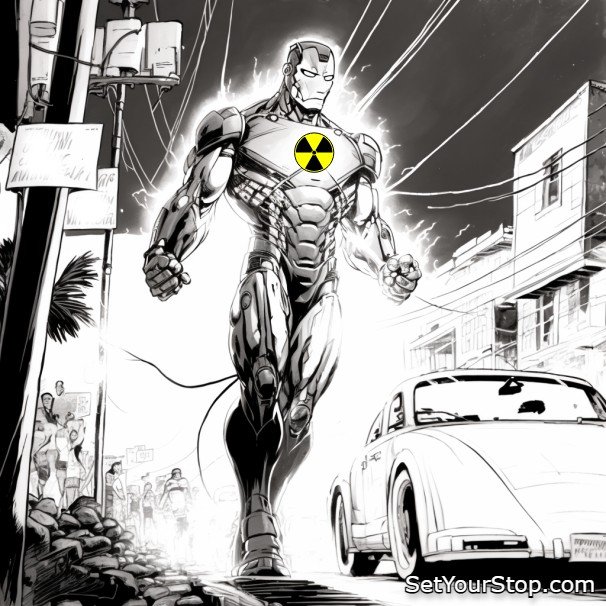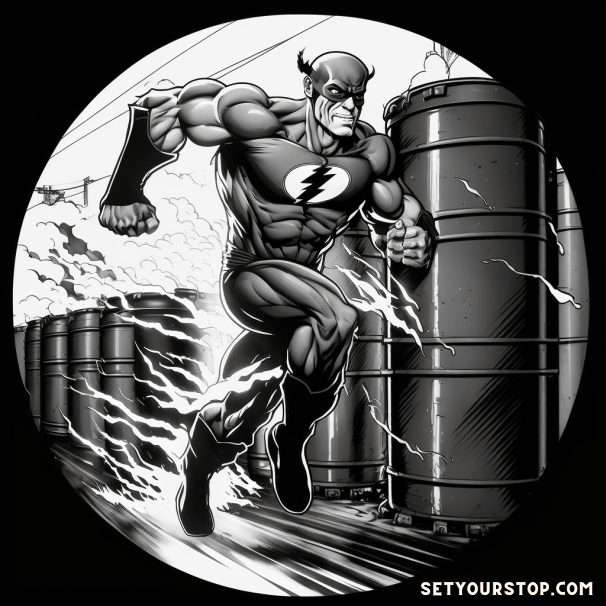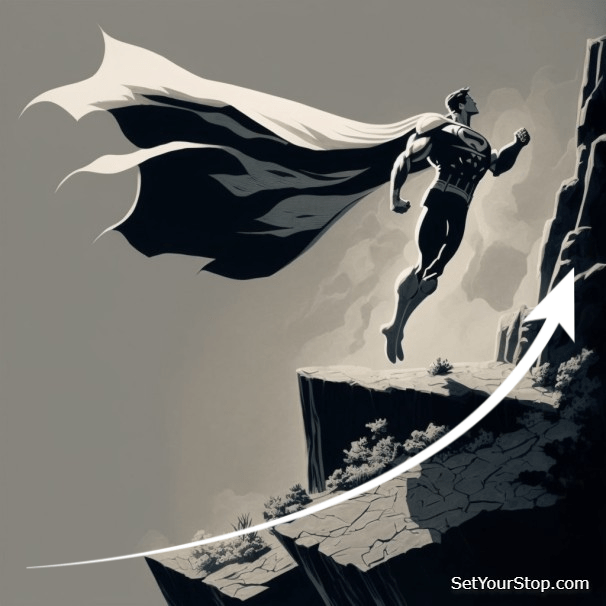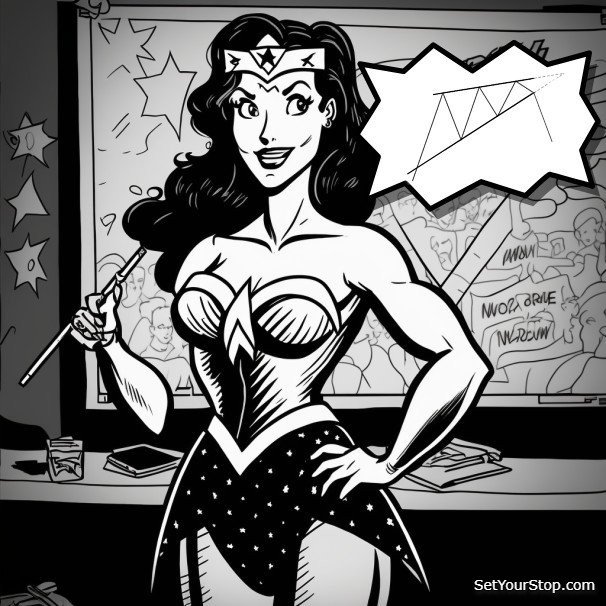
As a day trader, understanding chart patterns is crucial to making informed decisions about when to buy and sell stocks. One chart pattern that traders should be familiar with is the bearish rising wedge pattern. In this article, we will discuss what a rising wedge pattern is, how to identify it, the different ways it can be used, and the importance of volume analysis in identifying this pattern.
What Is a Rising Wedge Chart Pattern?
A rising wedge pattern is a bearish chart pattern that forms when the price of a security moves in a upward direction, with the highs and lows of the pattern converging towards a point. This pattern is formed by two upward sloping trend lines that are both converging. The pattern is considered bearish because it typically precedes a downward price move.
How To Identify a Rising Wedge Pattern?
To identify a rising wedge pattern, you will want to look for the following characteristics:
- The first step in identifying a rising wedge pattern is to look for a pattern where the highs and lows of the security are converging towards a point.
- The second step is to draw trendlines along the highs and lows of the pattern. The trendlines should slope upwards and converge towards a point.
- The third step is to confirm that the pattern is a rising wedge by looking for a break below the lower trendline.
The Rising Wedge as a Topping Pattern
The bearish rising wedge pattern is often considered a topping pattern, as it signals that the security’s upward trend is coming to an end and that a downward price move is likely to occur.

The Rising Wedge as a Continuation Pattern
In some cases, the rising wedge pattern can also be used as a continuation pattern. This means that the pattern can signal that the security is likely to continue its upward trend after a brief consolidation period.

The Importance of Volume Analysis in Identifying
When identifying a rising wedge pattern, it is important to also analyze the volume of the security. A bearish rising wedge topping pattern is considered more reliable when it is accompanied by decreasing volume. This indicates that there is less buying pressure and that the security’s upward trend is weakening. When a rising wedge acts as a continuation pattern, volume analysis can confirm the strength of the trend. Increasing volume during the breakout indicates strong buying pressure and suggests the continuation of the uptrend.
How Do You Trade the Rising Wedge Topping Pattern?
Trading a rising wedge pattern involves several steps, which can be summarized as follows:
- The first step in trading a rising wedge as a topping pattern is to wait for a confirmation of the pattern by looking for a break below the lower trendline.
- Once the pattern is confirmed, traders can consider short selling the security or buying put options.
- Traders can also look to set stop-loss orders above the upper trendline to minimize potential losses.
Conclusion
The bearish rising wedge pattern is a useful tool for day traders to identify potential downward price moves. Understanding how to identify and trade this pattern, along with the importance of volume analysis, can help traders make informed decisions about when to buy and sell stocks.
And if you liked this blog post, share it with a friend! Or don’t, we don’t really care. But either way, remember, “there is only one side to the stock market; and it is not the bull side or the bear side, but the right side.”
To learn more about chart patterns and how to trade them, visit our education section by clicking HERE.
Get new posts delivered straight to your inbox by signing up below:
